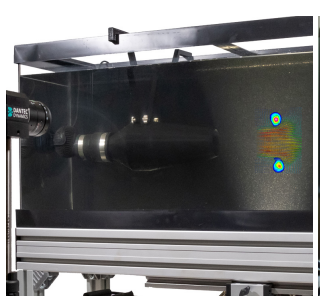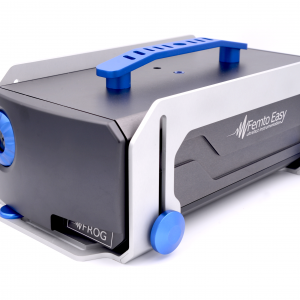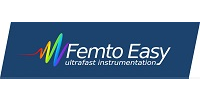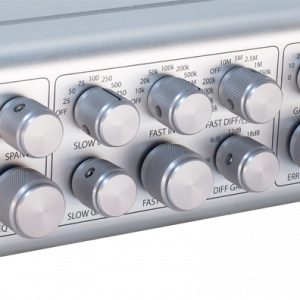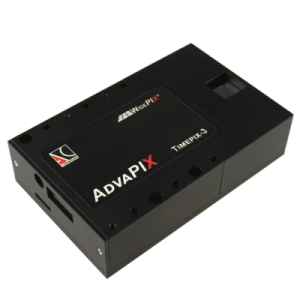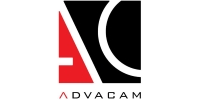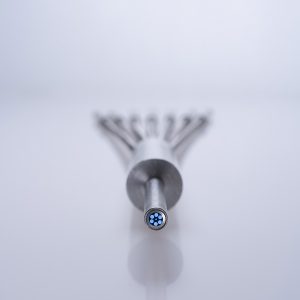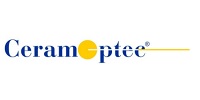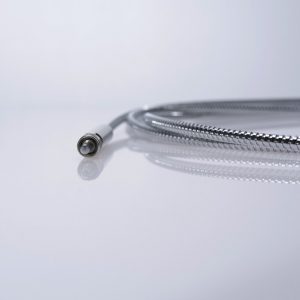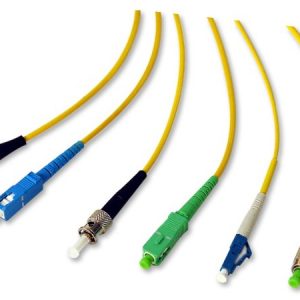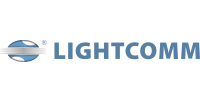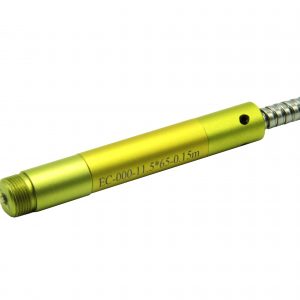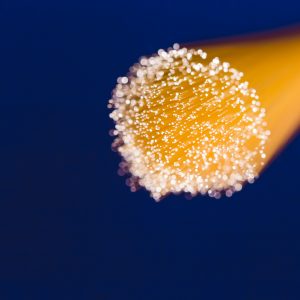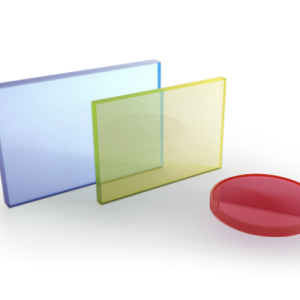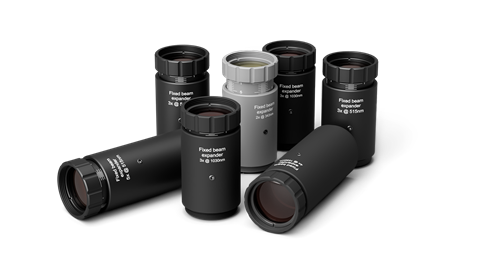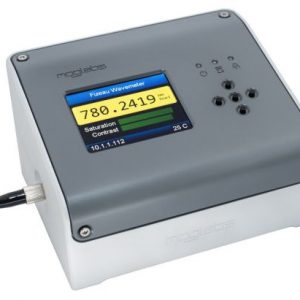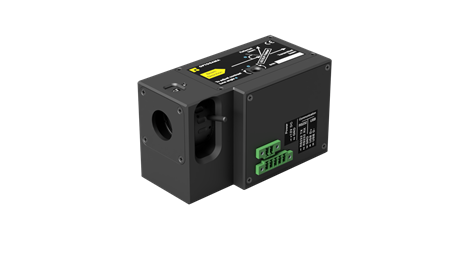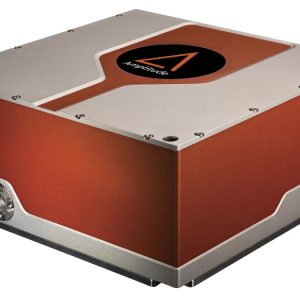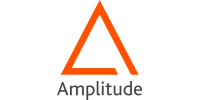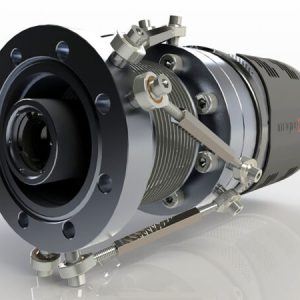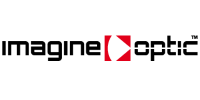Showing 49–64 of 218 results
INFOKEY FEATURES:
Complete, pre-configured safe PIV systems
Delivered with flow loop
USB based high resolution 2MP cameras offering 165fps
No Synchronizer needed
Great educational software
he EduPIV system includes
A flow loop producing steady, periodic or pulsed jet flow
Seeding particles
FlowSense USB camera, 2 MP resolution, 165 frames per second at full resolution
Eye-safe LED illumination and light sheet optics
DynamicStudio EduPIV software
The EduStereoPIV upgrade includes
A second camera, needed for stereo PIV.
Scheimpflug mounts that maintain the field of view by keeping the lens in position whilst tilting the camera
Bright 35mm f2.0 full format lenses
Simple double layer, double sided target for automated calibrations
The Stereo PIV software add-on
Michael IluzKey Features:
Easy to use: no calibration and no tweaking necessary
User-friendly and powerful software
Can access Spatio-Temporal couplings (Spatial Chirp, Pulse Front Tilt)
Versatile: instant-swap of spectrometer for different wavelength ranges
Single-pulse extraction possible up to 150 kHz laser repetition rate (with Enhanced
Achromatic and non-dispersive (FC and FS models)
Sub-5 fs can be measured
Michael IluzKey Features:
High-bandwidth PID or PI²D control
All-analogue signal processing with propagation delay 40ns
Parallel FAST and SLOW control loops
Feedback to both current and piezo
Flexible control of loop parameters
High-bandwidth external modulation
Internal ramp generator
Two low-noise photodiode power supplies
TTL control
Michael IluzKey Features:
• Readout chip type: Timepix3
Bernard AZOUT
Applications
Spectroscopy
Sensors
Photolithography
Particle detection
Laser welding / soldering / marking
Laser delivery
Monitoring
Smoke detection
Pyrometry
Nuclear plasma diagnostics
Quality control and inspection systems
Photodynamic therapy
Fluorescence excitation
Analytical instruments
Scanning
Colorimetry
Laser diode pigtailing
Chemical analysis
Semiconductor capital equipment
Microscope illumination
Streak cameras
Remote illumination
Reflective sensors
Bernard AZOUT
Advantages
Broad temperature range
High resistance against laser damage
Special jackets available for high temperatures, high vacuum and harsh chemicals
Constant core / cladding ratio throughout the entire fiber
All dielectric, non-magnetic design
Sterilisable using ETO and other methods
Biocompatible material
AR coating
Various lengths available
Customised ferrules (also for non-circular fiber geometries)
Johanna TaiebKey Features:
Low insertion loss
High return loss
High repeatability
Johanna TaiebKey Features:
High Signal Transfer Efficiency
Built-in cladding light stripper
Low Beam Distortion
Customized Configurations Available
Michael Iluz
Colored glass filters
Neutral sensity (by absorption) filters
Circular variable neutral density filters
Bandpass (interference) filters
Michael ILUZMain features:
Divergence adjustment
Galilean optical design
UVFS optical elements
Grease free mechanical design
Wide wavelenght adoption – 200 nm to 2 μm
Application examples:
Laser materials processing
Medical
Research
Michael IluzKey Features:
Operates over 400 – 1100nm without recalibration
3-sigma uncertainty of 600MHz; typical measurement accuracy < 200MHz
Built-in PID for laser frequency stabilisation
Runs from USB or DC jack, no computer required!
Simple computer interface over Ethernet/USB
Michael ILUZMain features:
Quick change between Gaussian and Flat-top beam
The beam profile remains Flat-Top shape along optical axis
Integrated controller
Designed according your laser specs
Clear aperture up to 15 mm
Quick switching time – 0.2 sec
High damage threshold up to 10J/cm2 (10 ns @ 1064 nm)
Conversion efficiency up to 70% (while on Flat-Top mode)
Application examples:
Precise laser micromachining
Life sciences
Research
Johanna TaiebBEST FOR
Johanna TaiebBEST FOR

